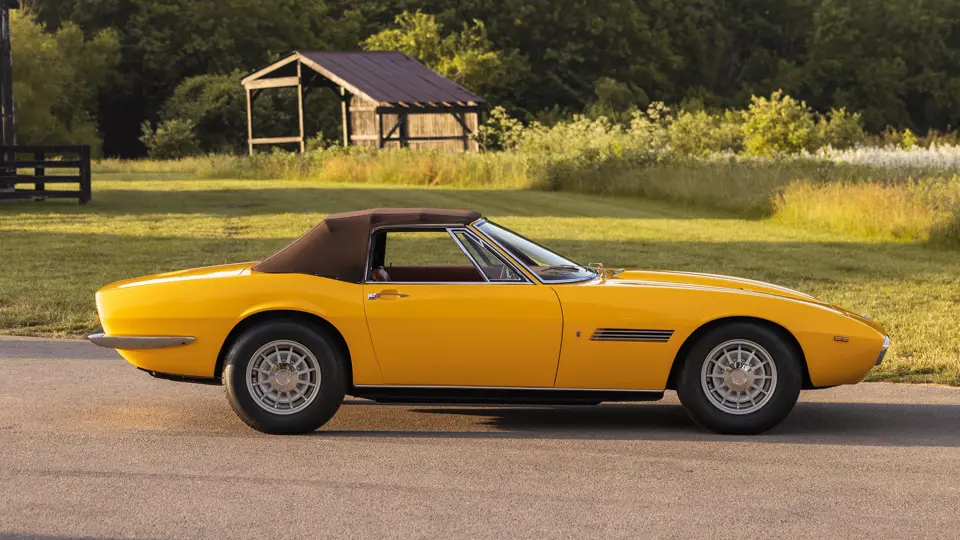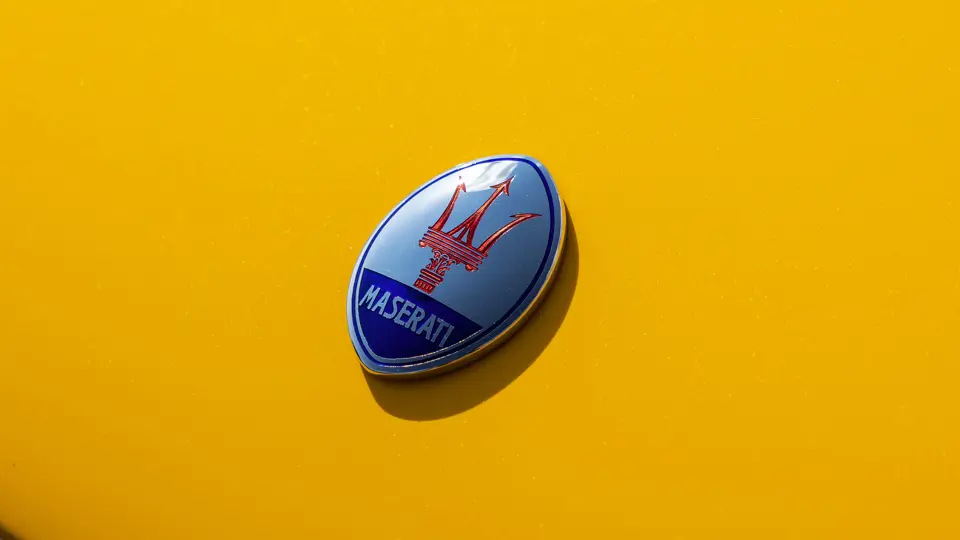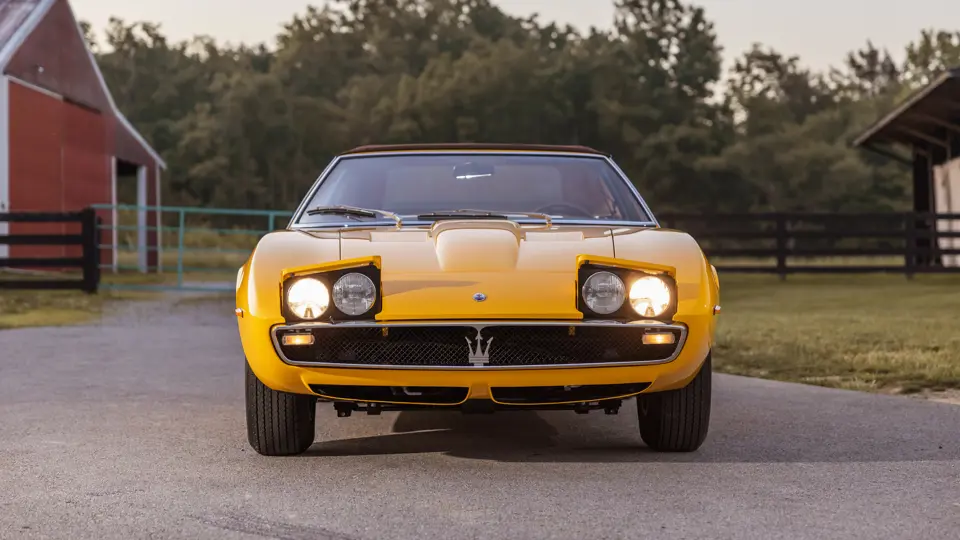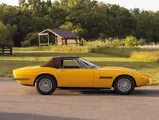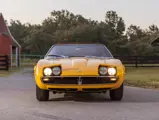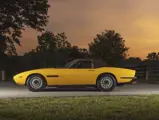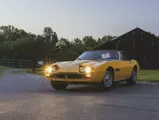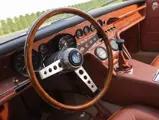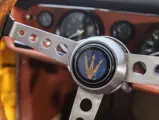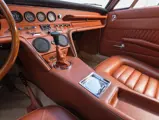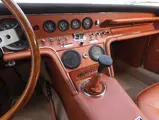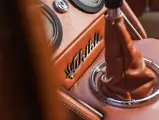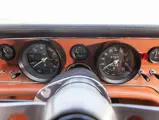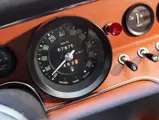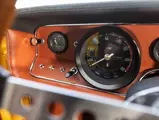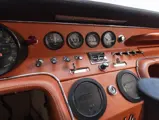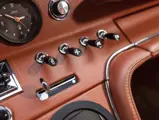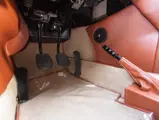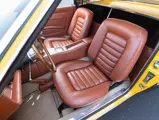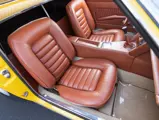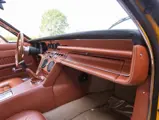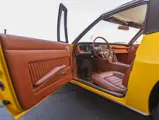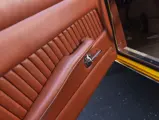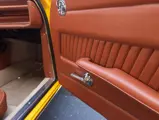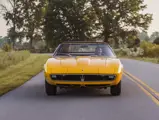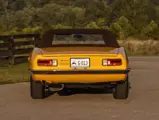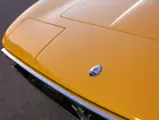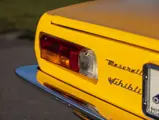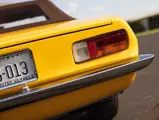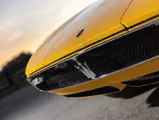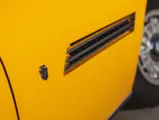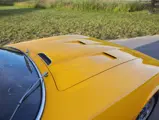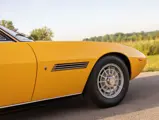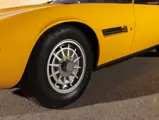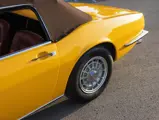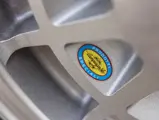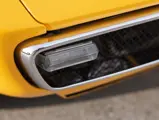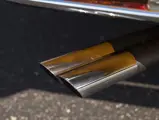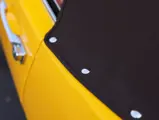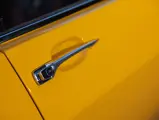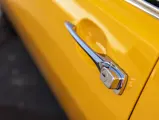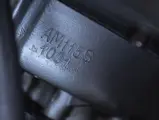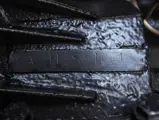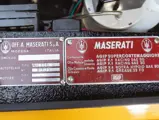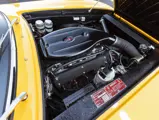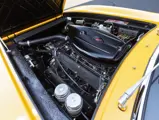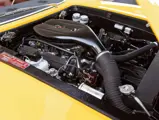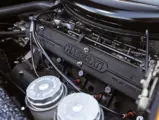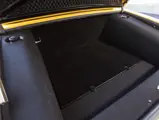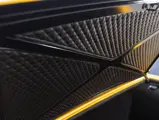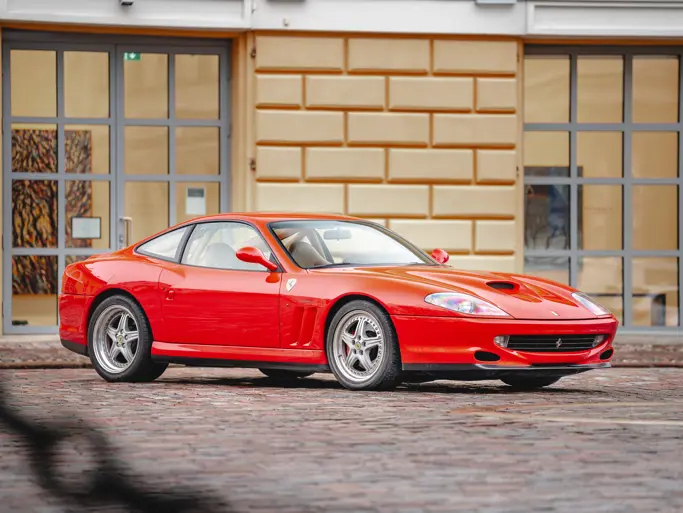
1968 Maserati Ghibli Spyder Prototype by Ghia
{{lr.item.text}}
$995,000 USD | Sold
{{bidding.lot.reserveStatusFormatted}}
- The first of approximately 125 examples built
- Bona fide prototype, as verified by correspondence from Maserati Classiche
- Bears a number of unique pre-production features
- Exhibited by Ghia at the 1968 Turin Motor Show and depicted in several period automotive magazines, including the February 1969 issue of Road & Track
- Comprehensive refurbishment completed by RM Auto Restoration in August 2018
- Documented with copies of factory records and correspondence, period photographs, Auto Club d’Italia estratto cronologico, period magazine articles, and restoration invoices
- Historically significant example of Modena’s celebrated open grand tourer
Introduced at the 1966 Turin Motor Show, the Maserati Ghibli took the automotive world by storm, powered by a potent new 4.7 liter dry-sump V-8 engine capable of developing 310 horsepower. Showgoers were awestruck by the groundbreaking coachwork by Ghia’s Giorgetto Giugiaro, who penned a low and wide aerodynamic coupe featuring pop-up headlamps, a raked windshield, and a sweeping fastback rear end. The Ghibli soon became the choice of jet-set celebrities around the globe, finding favor with buyers as diverse as comedic actor Peter Sellers, French New Wave cinema star Jean-Paul Belmondo, entertainer Sammy Davis, Jr, and professional basketball icon Wilt Chamberlain.
As with any great sports car coupe, customer demand eventually mounted for an open-top version, and Maserati answered the call with the featured lot, a spyder prototype that debuted on Ghia’s stand at the 1968 Turin Motor Show. It proved to be the first of only 125 examples built, ensuring a degree of rarity that has only solidified the spyder’s cachet in the eyes of today’s collectors.
Factory-finished in Giallo paint and trimmed with an interior of Testa di Moro (dark brown), chassis number 1001 is a true prototype featuring a number of unusual trim details that were eventually changed on the regular production spyder. Most noticeably, the door handles are mounted over recessed oval sections that improve hand access, and there are no external fuel filler caps (the dual fuel fillers being found in the trunk). The rear deck lid is longer than on standard spyders and features a center-placed character line that improves structural rigidity. The radio antenna is placed at the end of the passenger-side rear fender (rather than astride the fuel filler), and the trunk-release lever operates in the opposite direction when compared to the production version. Finally, the rear badges are placed together on the driver’s side rather than apart. Mechanically, the engine heads are built with extra apertures that were originally intended to accommodate twin-spark ignition, a feature common to the early 4.7-liter engines, though it is believed that no cars were ever equipped in this fashion.
Following completion of the handsome spyder coachwork, the Ghibli was photographed by Ghia on an ornate 19th century bridge surrounding the Fontana dei Dodici Mesi in the Parco del Valentino in Turin. The prototype was then exhibited at the Turin Motor Show in November 1968, coverage of which appeared in the December 1968 issue of the Italian magazine Quattroruote and the February 1969 issue of Road & Track.
Copies of factory records indicate that the Ghibli Spyder was ordered for purchase in September 1969 by Antonio Capuano of Barletta, a principal of the Ruggiero Capuano clothing company. Delivered in late October, the spyder was registered in the name of Giuseppe Capuano according to Auto Club d’Italia records on file. Maserati service orders and related owner correspondence reflect that the Ghibli was submitted to the factory for maintenance several times during the first few years of ownership by the Capuano family.
According to the research of a former owner, the Ghibli was then sold in 1975 to Libero Girardi, an Italian mechanic specializing in Ferraris who immigrated to the United States and settled in Rhode Island. Mr. Girardi repainted the coachwork in the original shade of Giallo, fitted external rearview mirrors to the front fenders, and installed stereo speakers behind the seats. He eventually sold the spyder to his son-in-law, John Ferro, who reportedly domiciled the car into long-term storage in 1986. At this point the odometer showed 66,144 kilometers (~41,100 miles), as attested by a Rhode Island inspection sticker.
Circa 2013 the Maserati was removed from storage and sold to a collector based in South Carolina who commissioned a mechanical restoration by Brian Joseph’s Classic and Exotic Service in Troy, Michigan. This work reportedly included a rebuild of the Weber carburetors, brakes, and water pump. The original interior continued to display in remarkably well-maintained condition, so it was properly cleaned without replacing any major components.
In July 2014 the owner presented the Maserati at the Concours d’Elegance of America in Plymouth, Michigan, and the car took home the Debut Award. Later that year the spyder participated in the 100th Anniversary of Maserati celebration at the Hilton Head Island Concours d’Elegance, winning a Palmetto Award.
In August 2015 the Ghibli was offered at RM Sotheby’s Monterey sale, for which it underwent further freshening measures by RM Auto Restoration, as clarified by invoices on file. Acquired then by the consignor, the Maserati was returned to RM Auto Restoration for a comprehensive refurbishment that addressed every mechanical and cosmetic consideration. Completed in August 2018, the restoration included a full rebuild of the engine with new pistons, rings, connecting rods, main bearing, valve springs, rod bearings, and intake and exhaust valve guides. The Weber carburetors, the distributor, and the transmission were all rebuilt, while the radiator was re-cored, and a new wiring harness, water pump, and hoses were installed. The suspension and brakes were also completely rebuilt.
Cosmetically, the dashboard top was re-covered in proper mousehair fabric and new brown carpeting was fitted, while the seats and interior were reupholstered with proper Maserati brown leather cut from six new hides. The windshield was replaced and sealed with a new gasket, and the Campagnolo alloy wheels were refurbished and mounted with new Pirelli Cinturato tires. The coachwork was taken down to bare metal and refinished in correct Giallo paint, and the soft top was rebuilt and trimmed with new brown canvas. A re-plating of all brightwork completed the exquisite restoration, which cost in excess of $422,000, as demonstrated by invoices on file.
Now presenting with striking quality, and bearing a number of unusual pre-production prototype features, this breathtaking Ghibli Spyder is ideally prepared for presentation at top-tier concours d’elegance and marque gatherings worldwide. Accompanied by a spare wheel, a partially complete tool roll, and owner’s manuals, the prototype is desirably documented with copies of factory records, period photographs, an ACI estratto cronologico, and invoices from the recent restoration. Beckoning to Maserati enthusiasts and collectors of important open-top grand tourers, this historically significant Ghibli would make a crowning addition to most any assemblage of postwar Italian sports cars, and it stands as a brilliant testament to the genius of the celebrated Giorgetto Giugiaro.


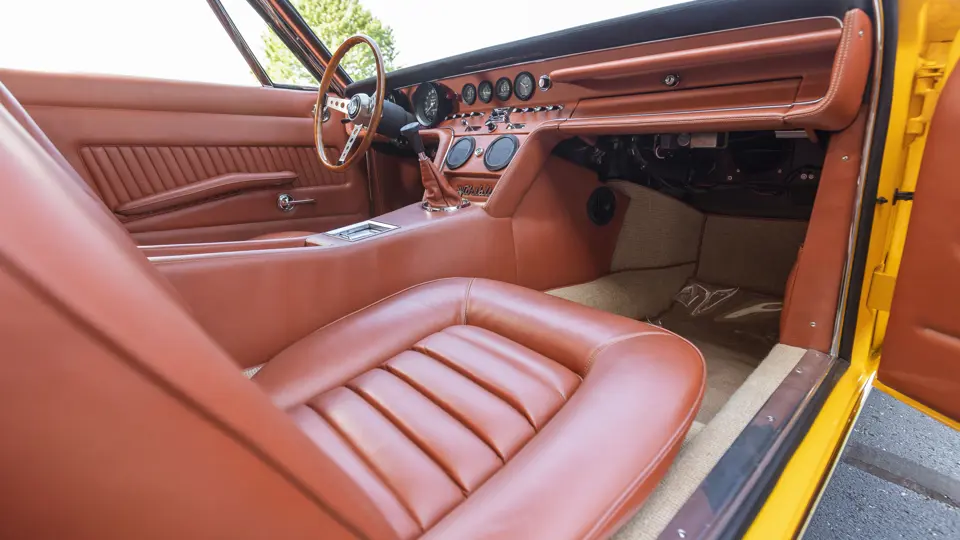

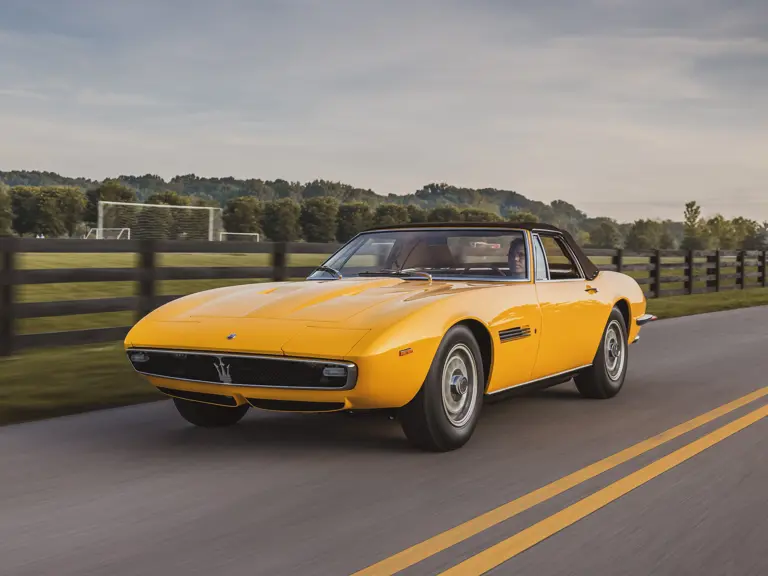
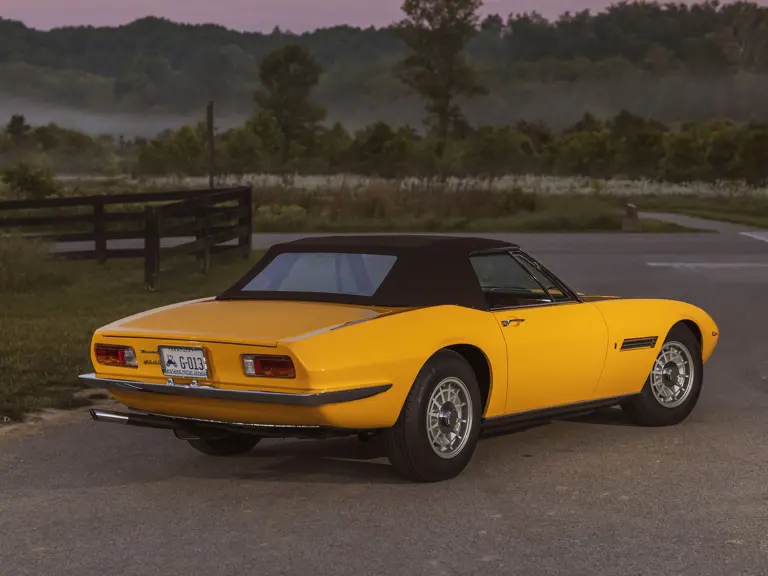
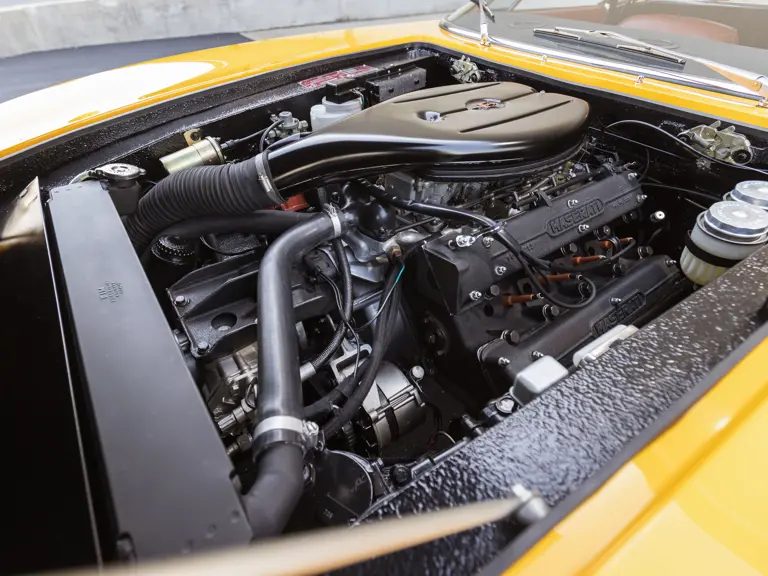
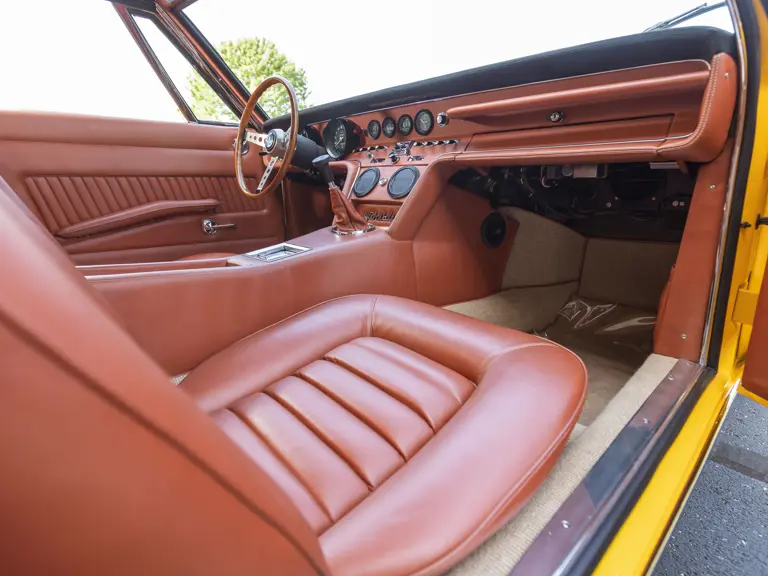
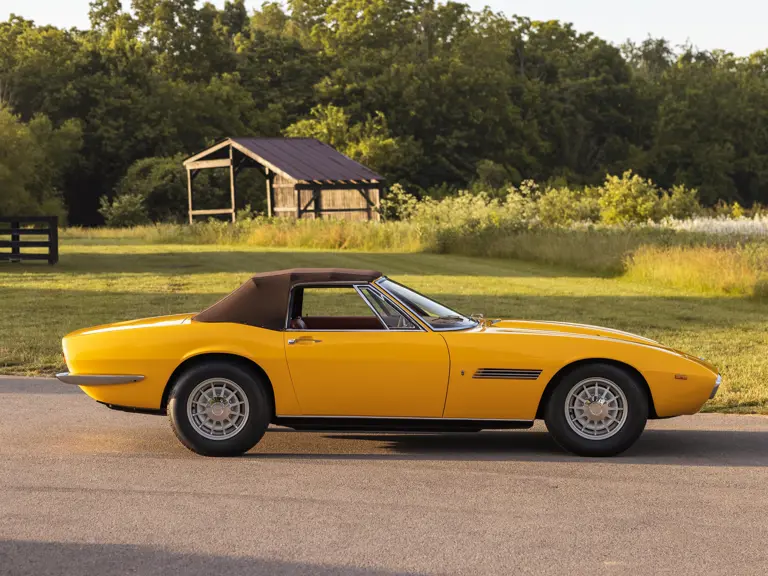
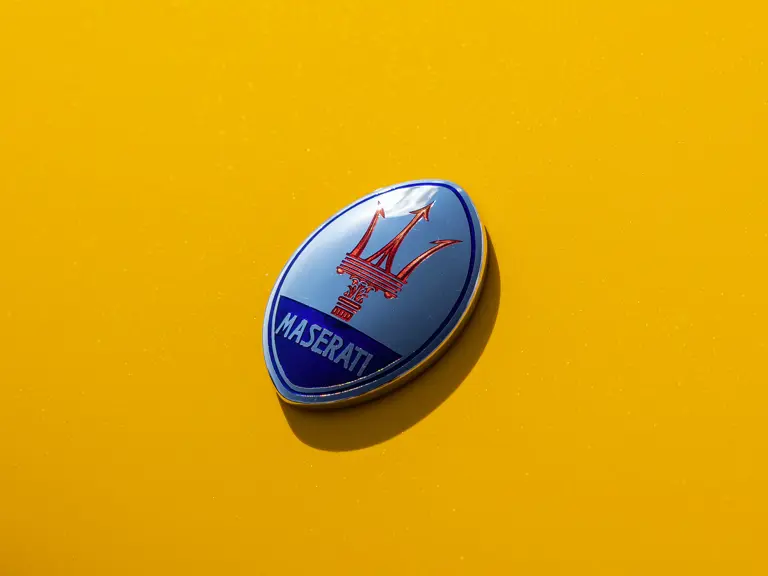


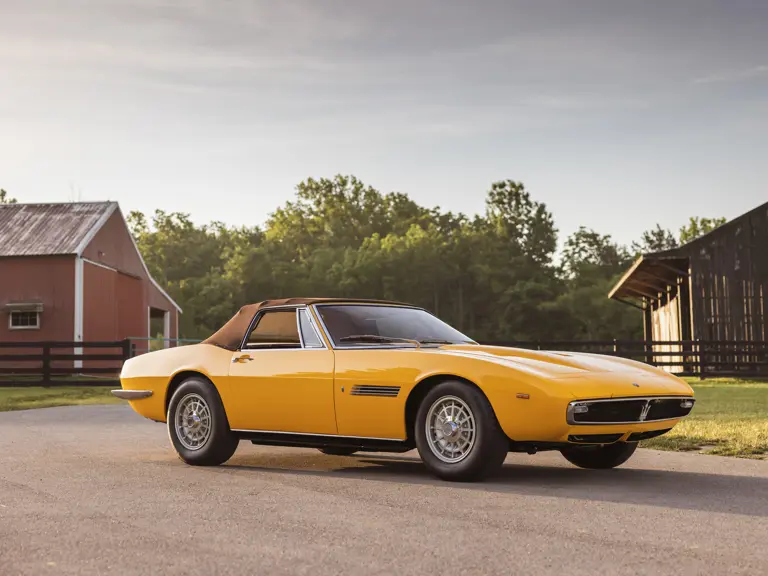
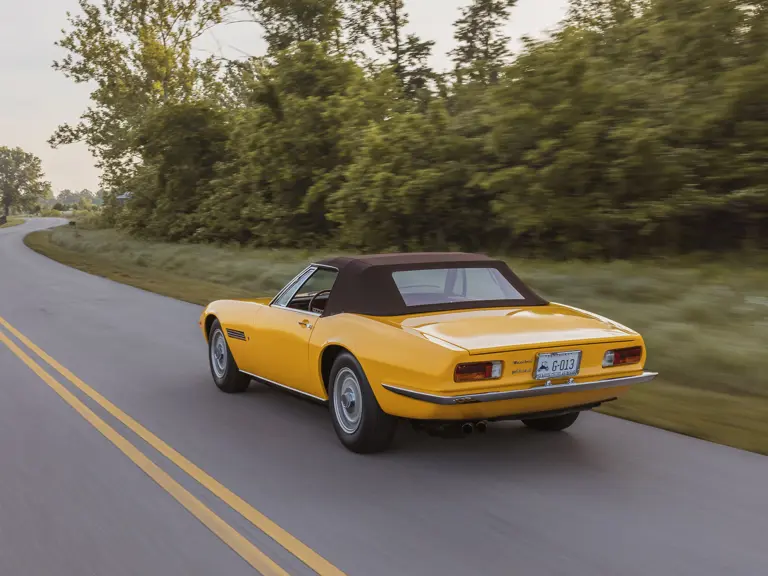
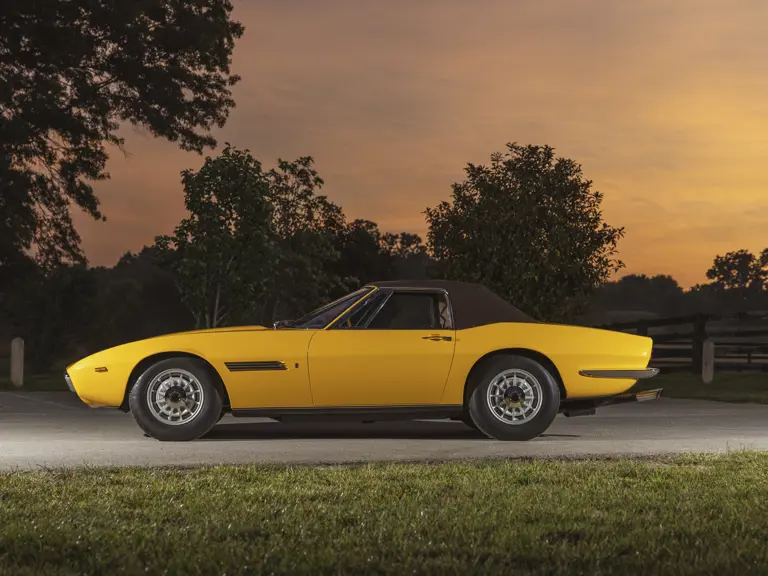
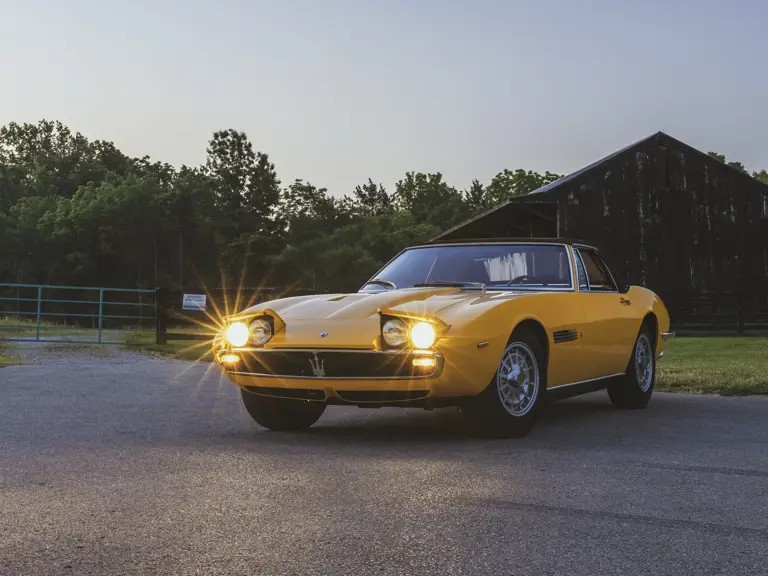
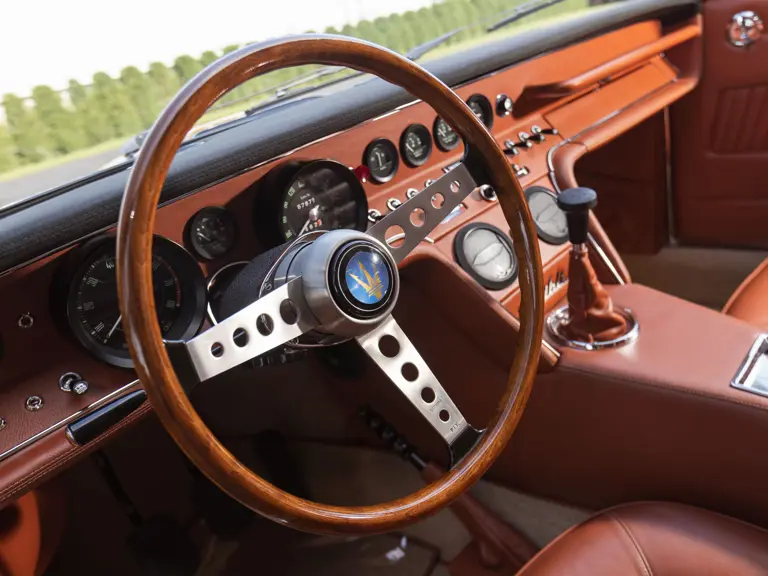
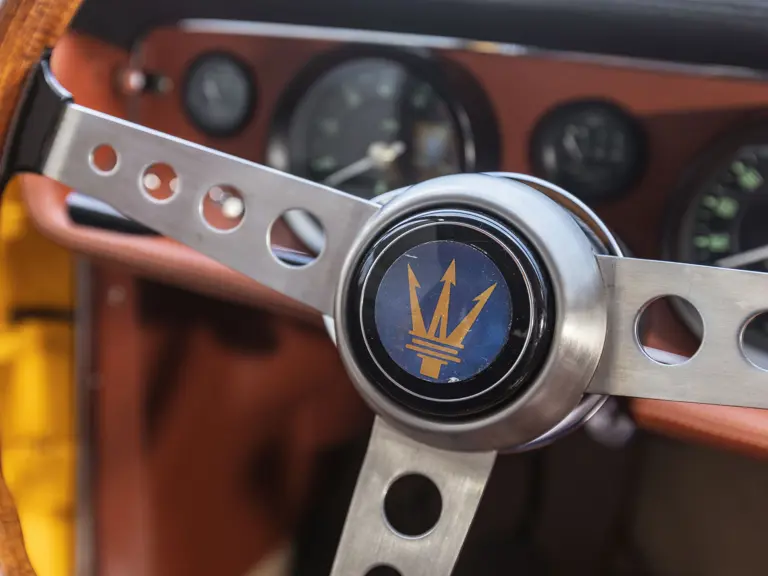
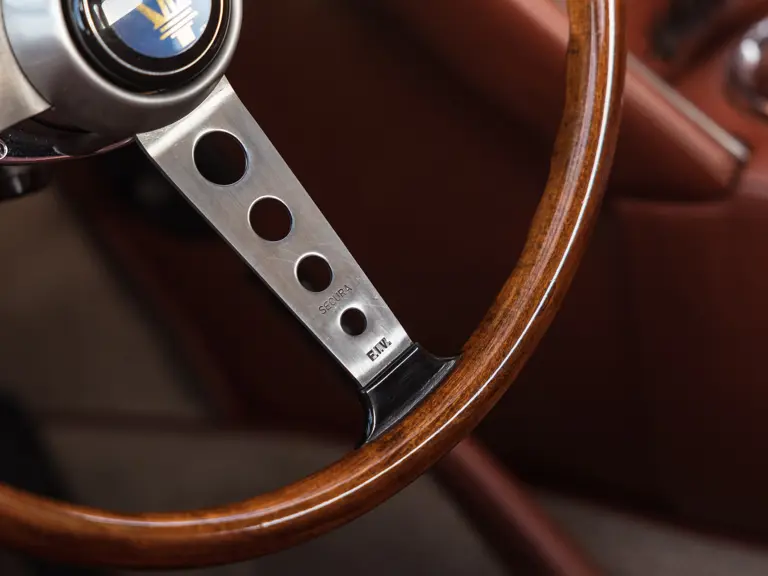
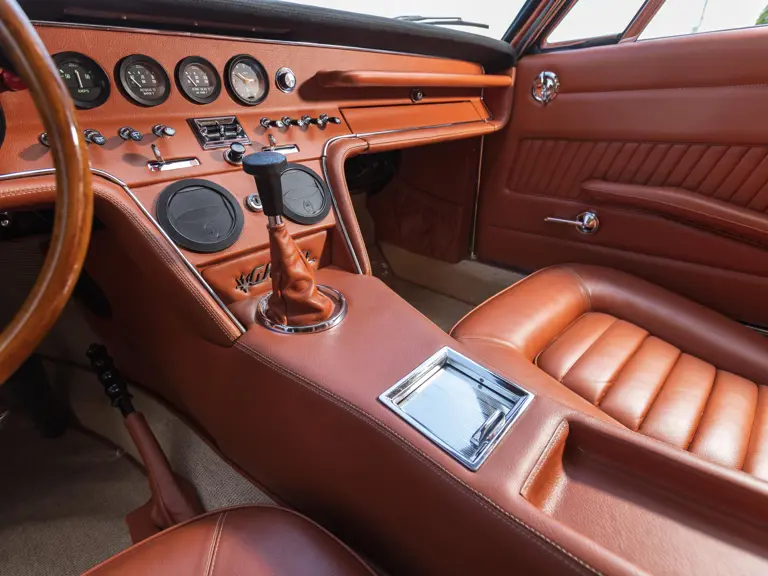
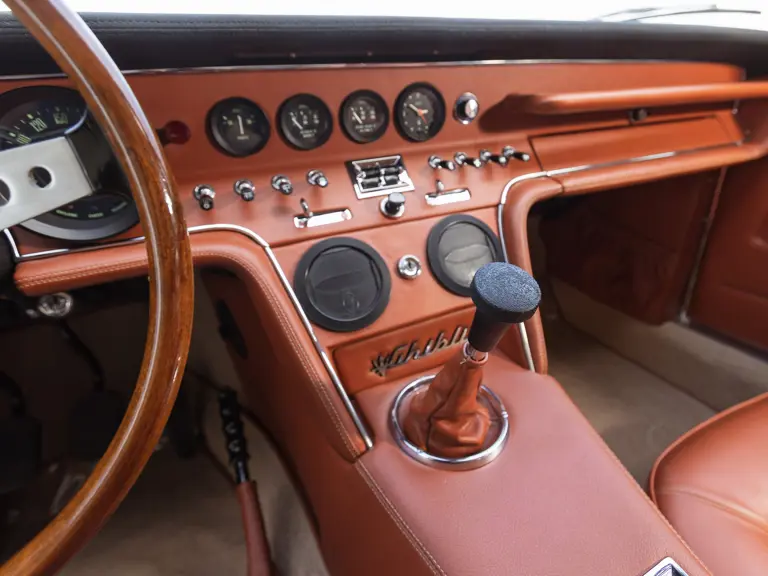
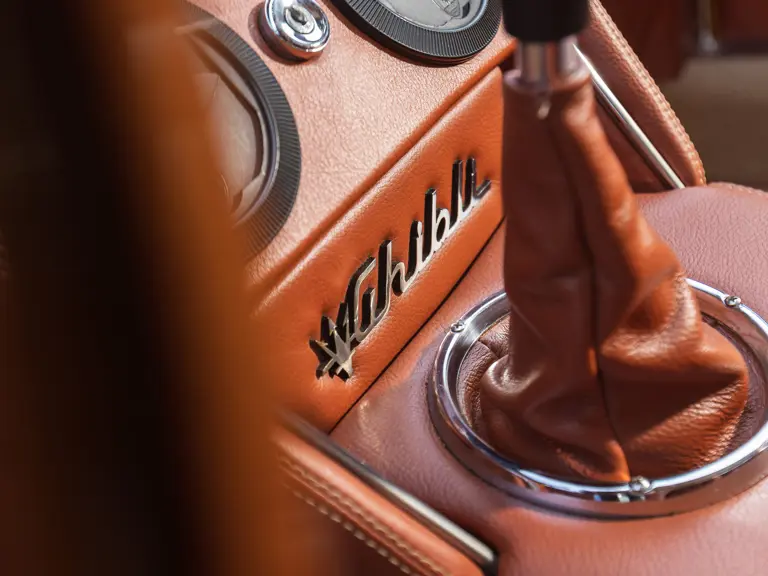
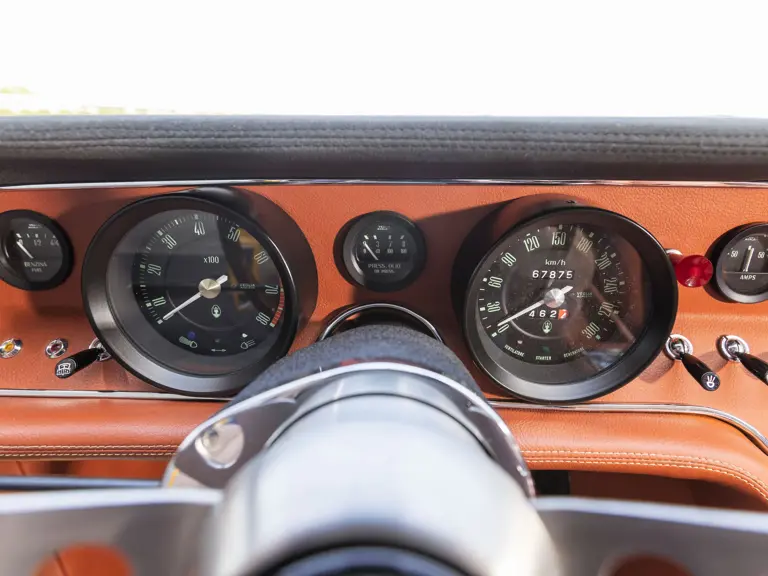
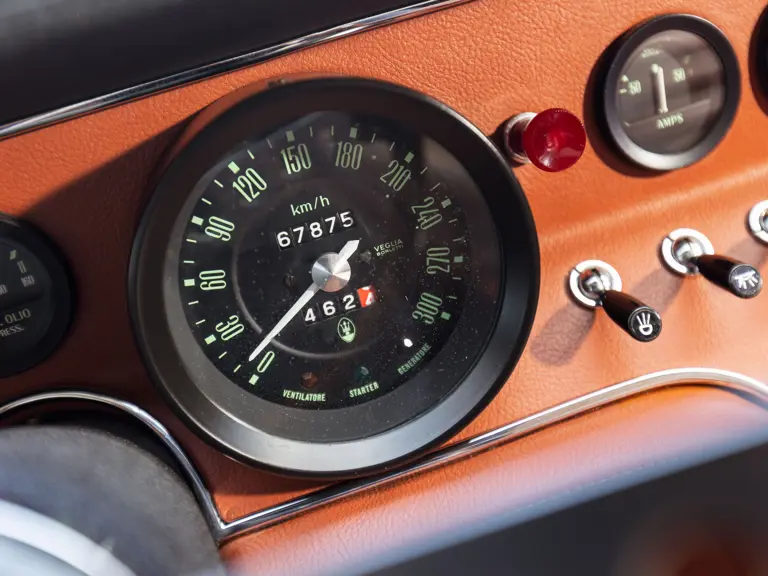
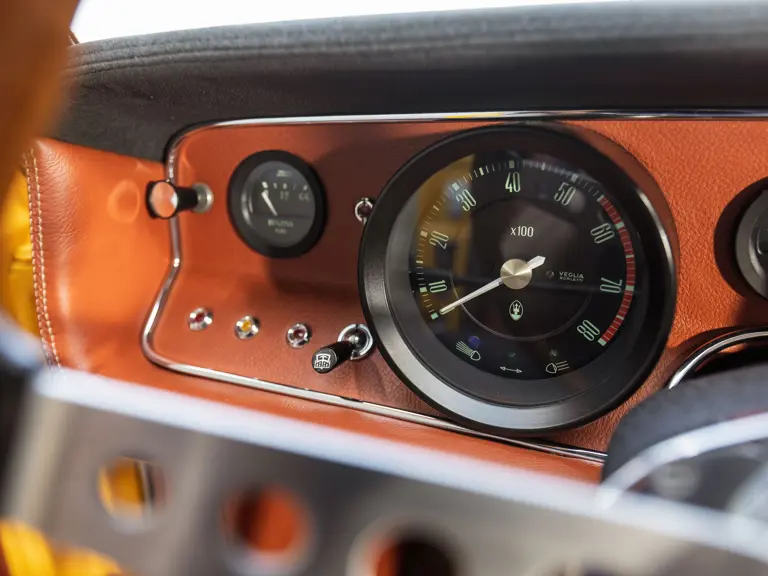
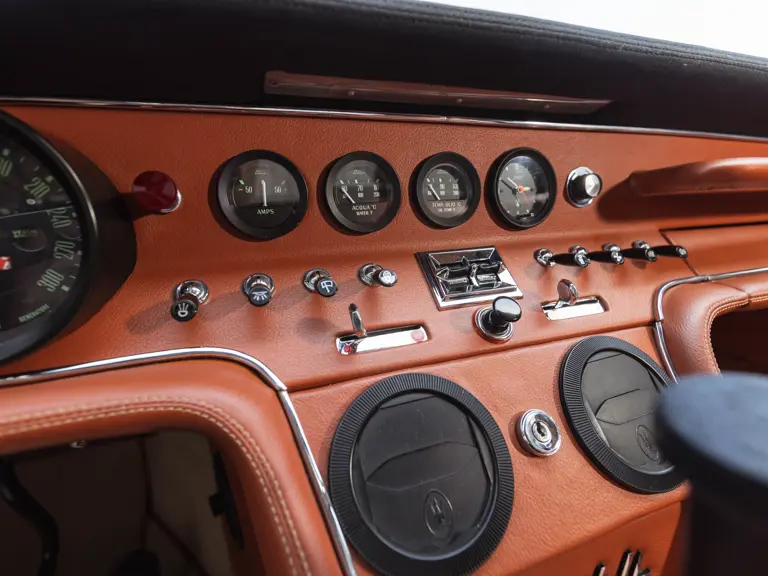
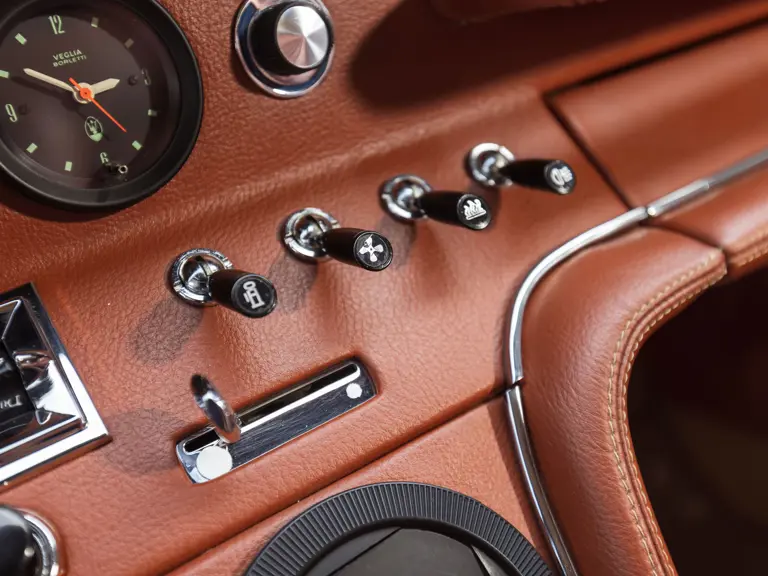
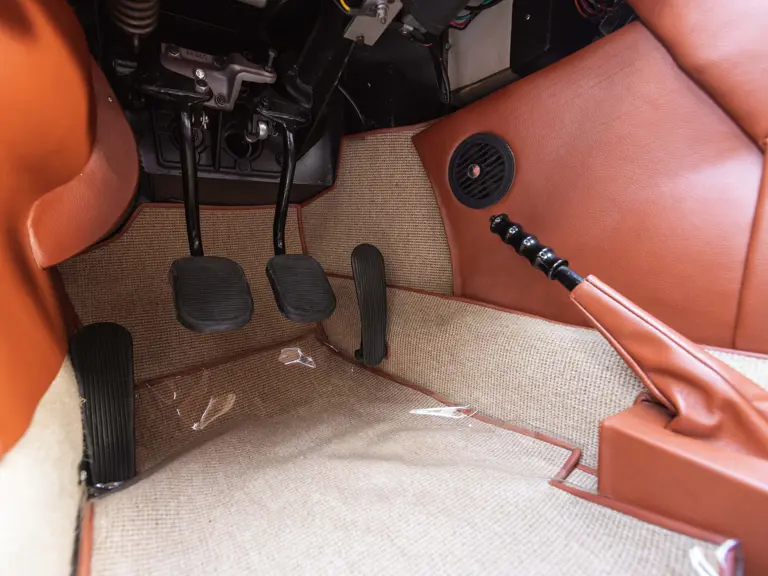
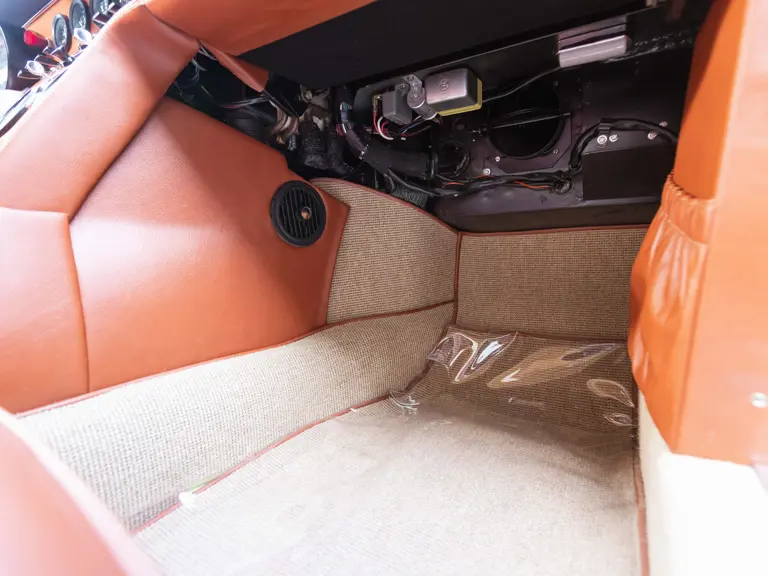

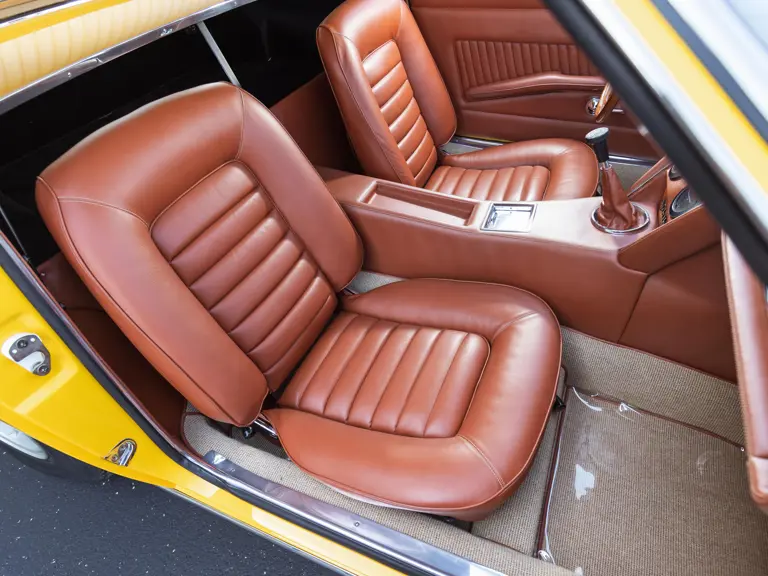

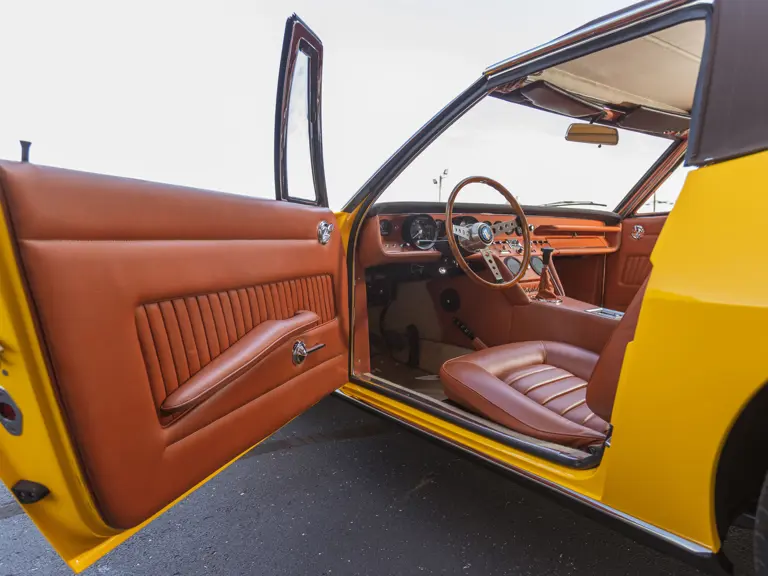
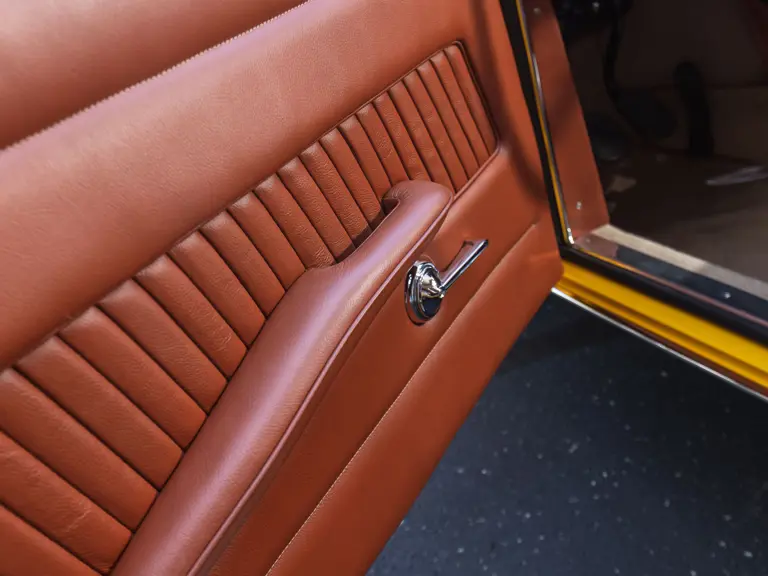
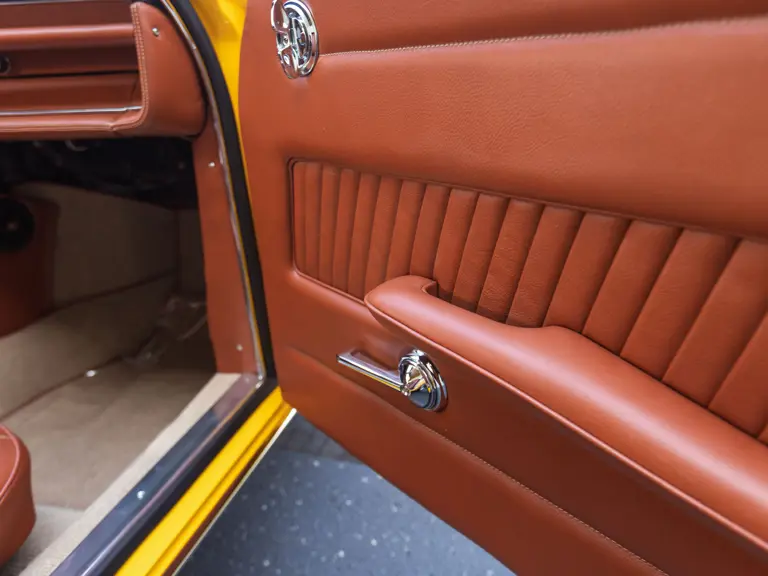
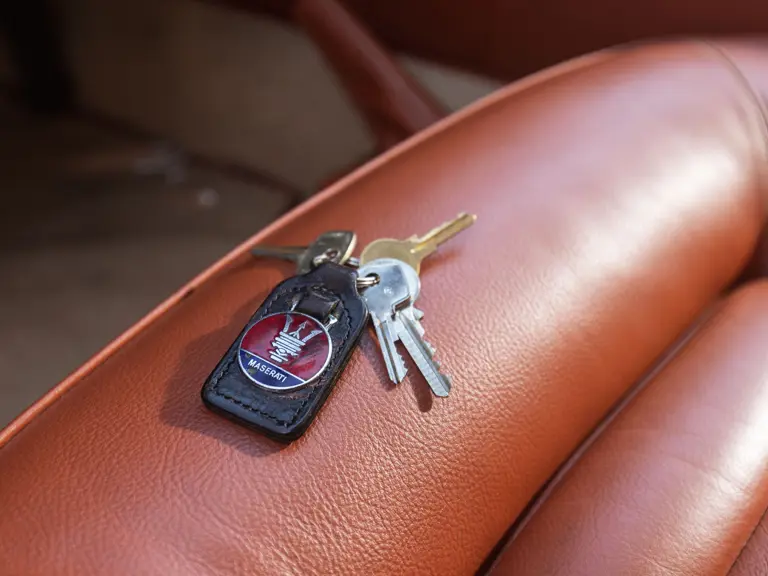
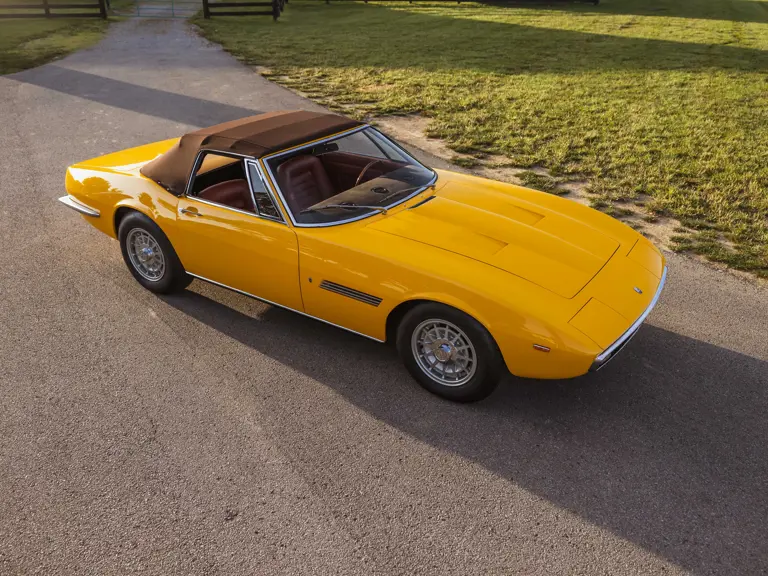
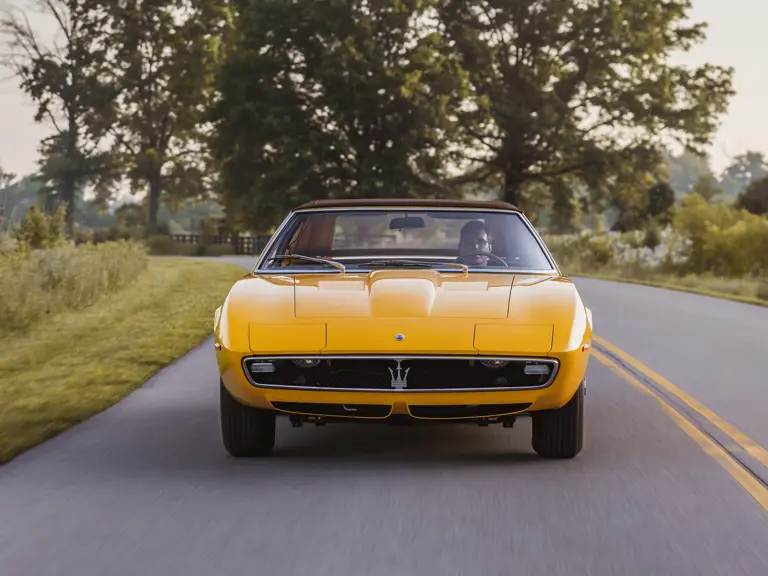
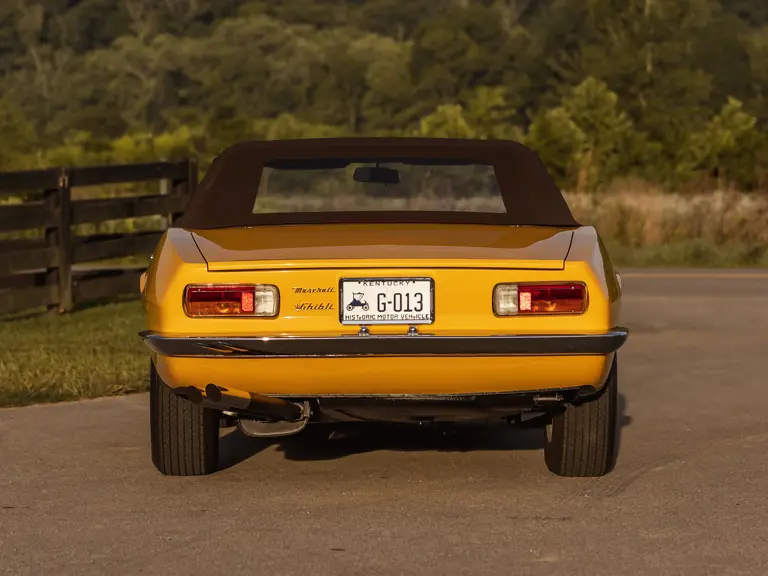
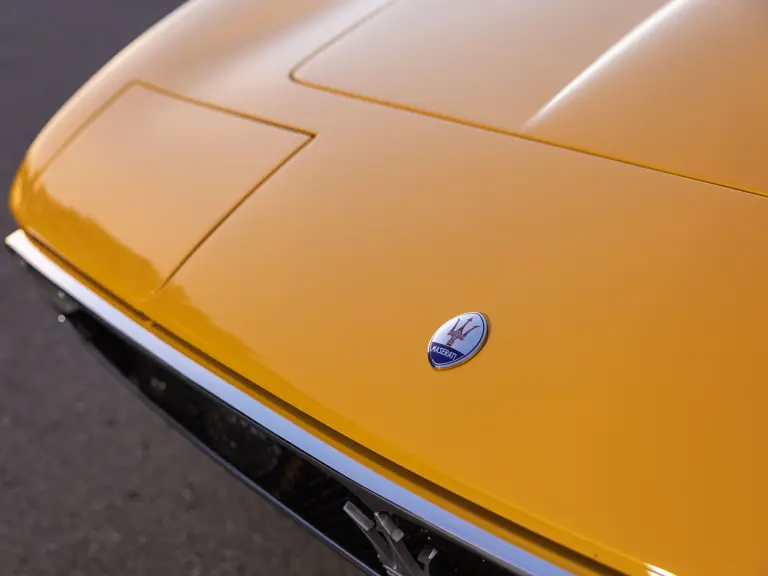
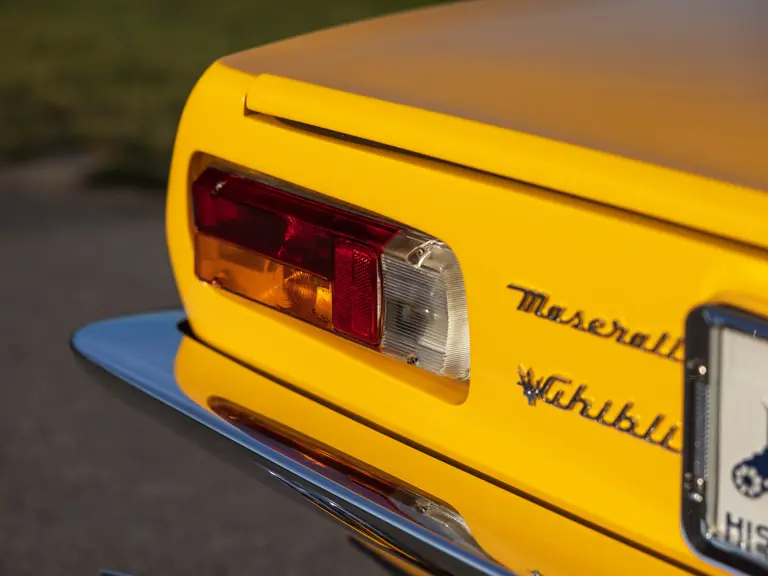
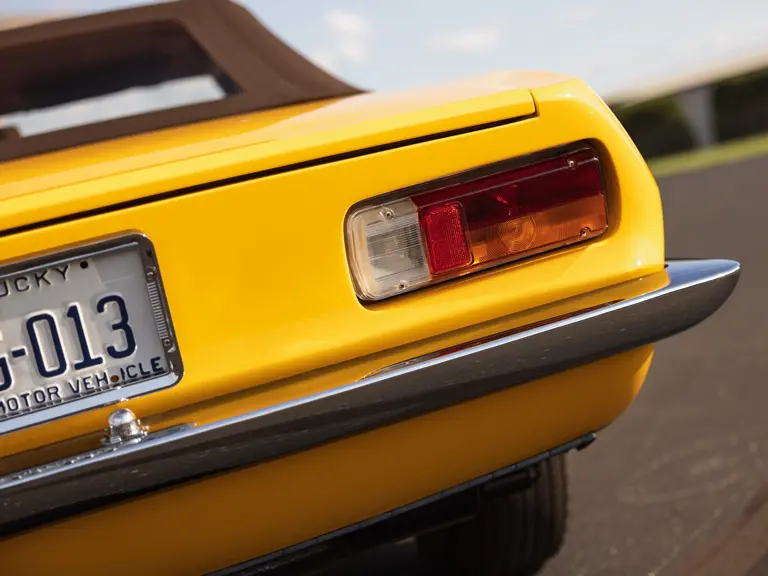
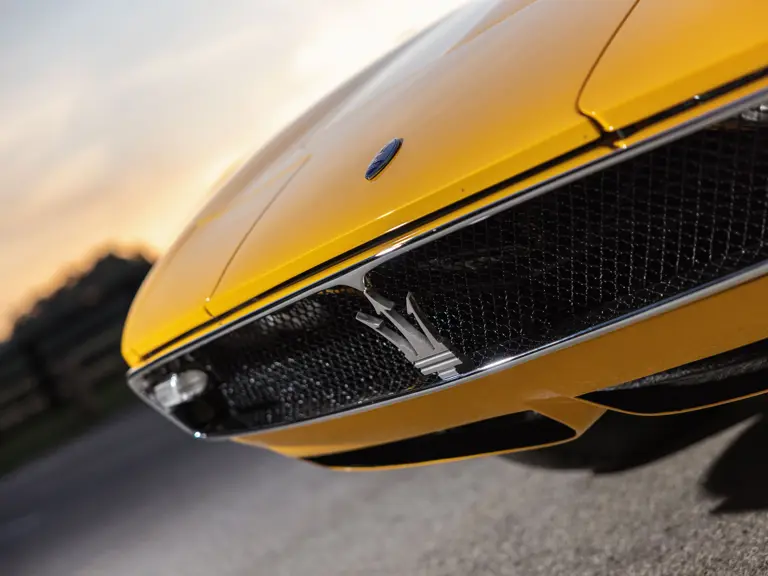

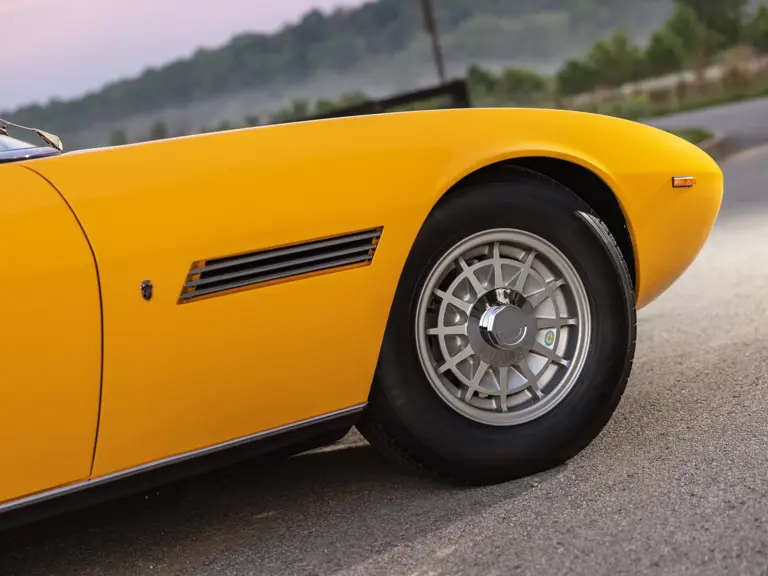
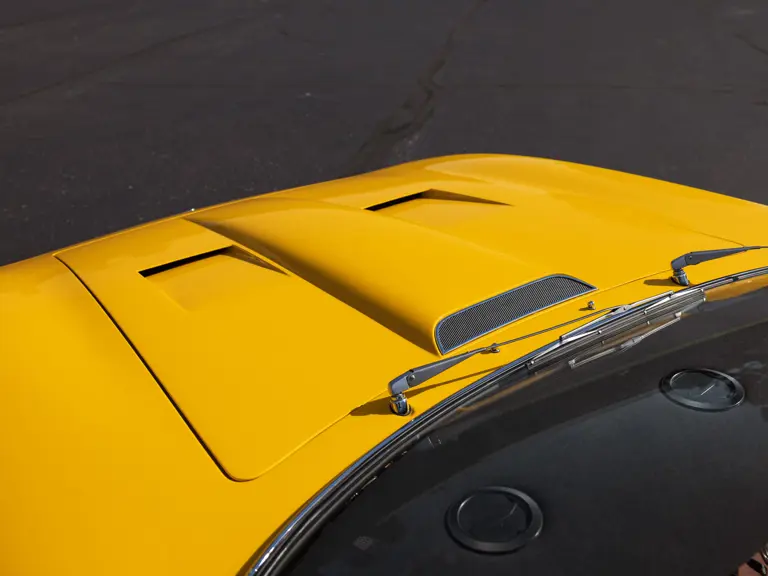

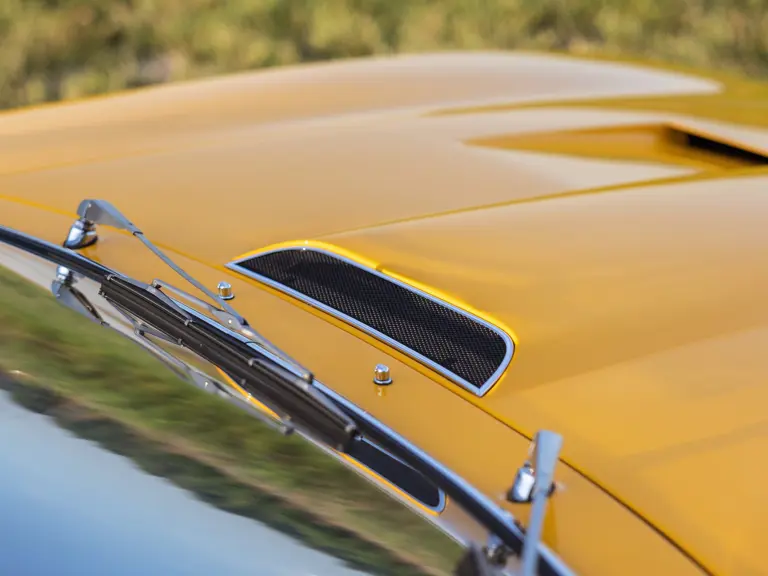
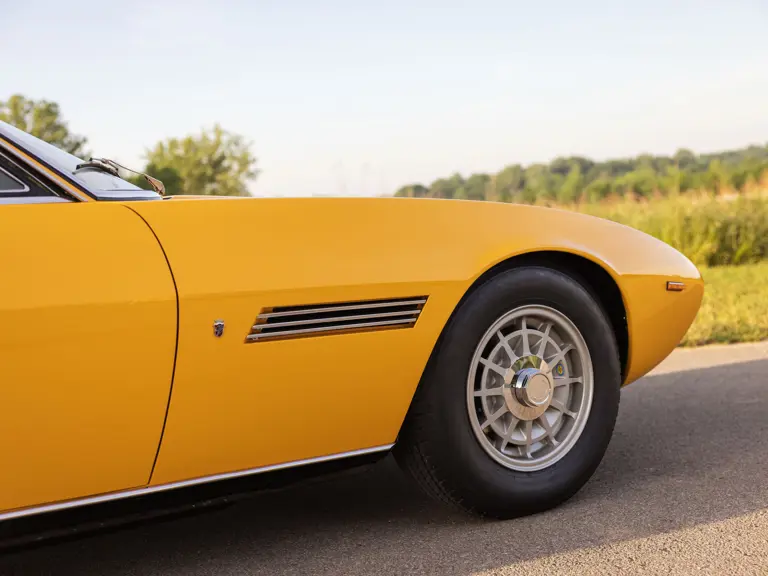
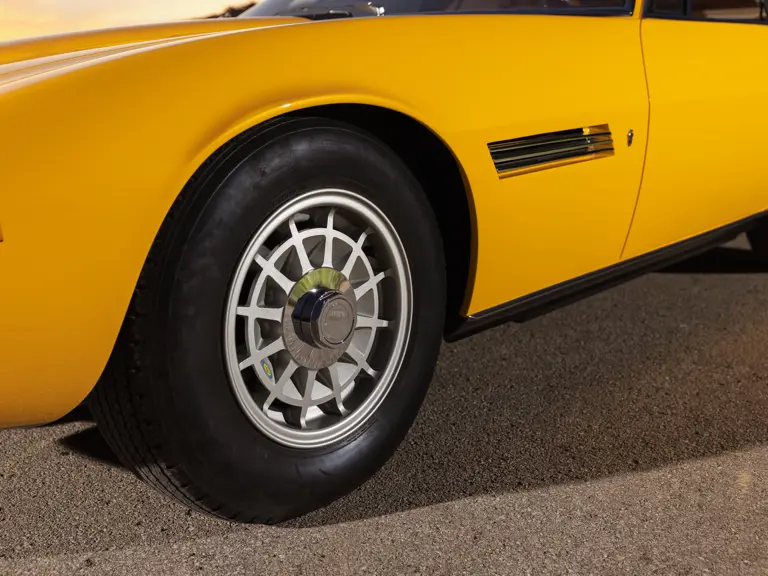
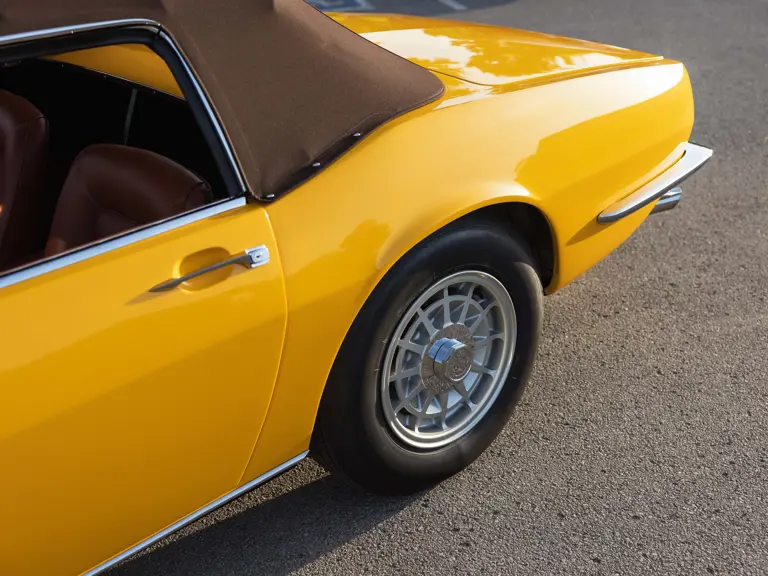
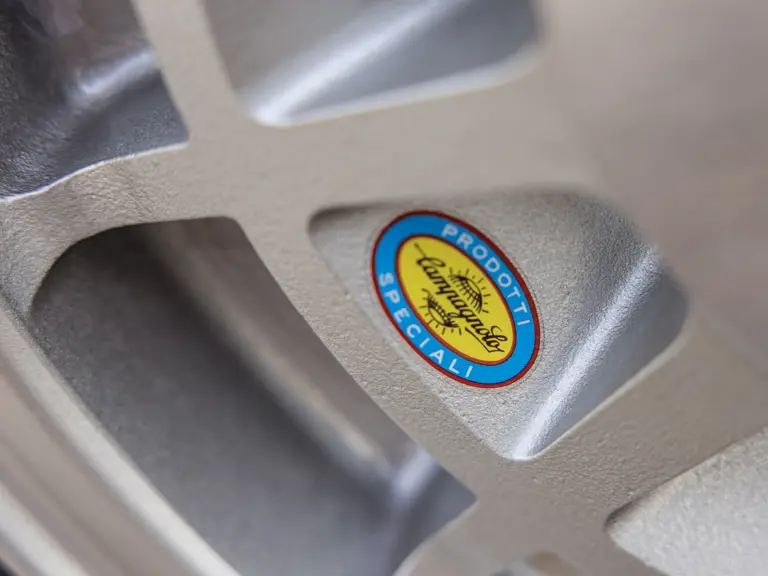
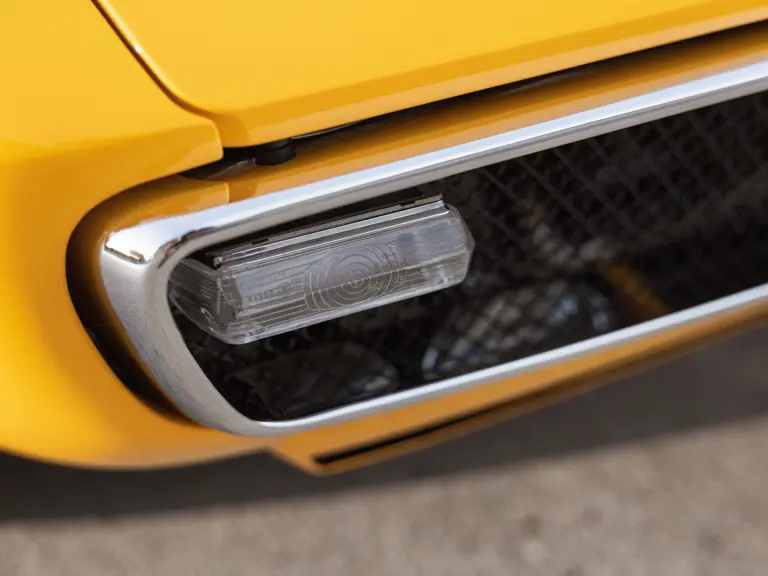
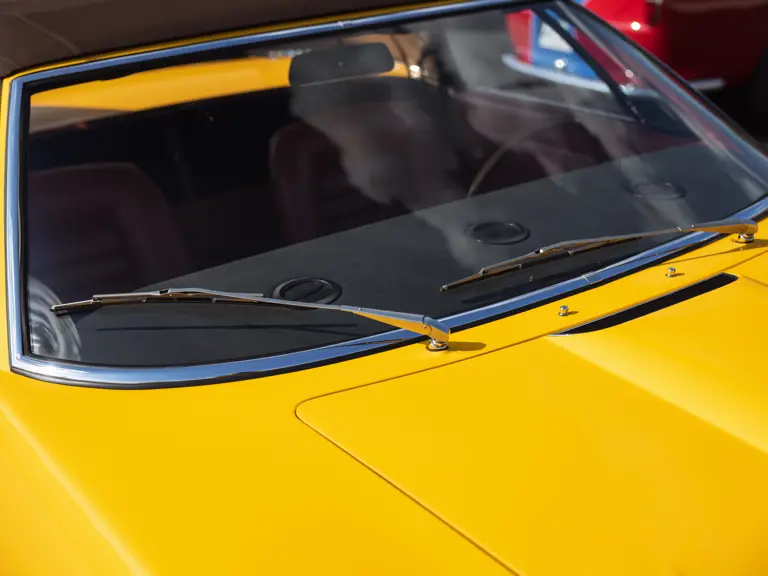
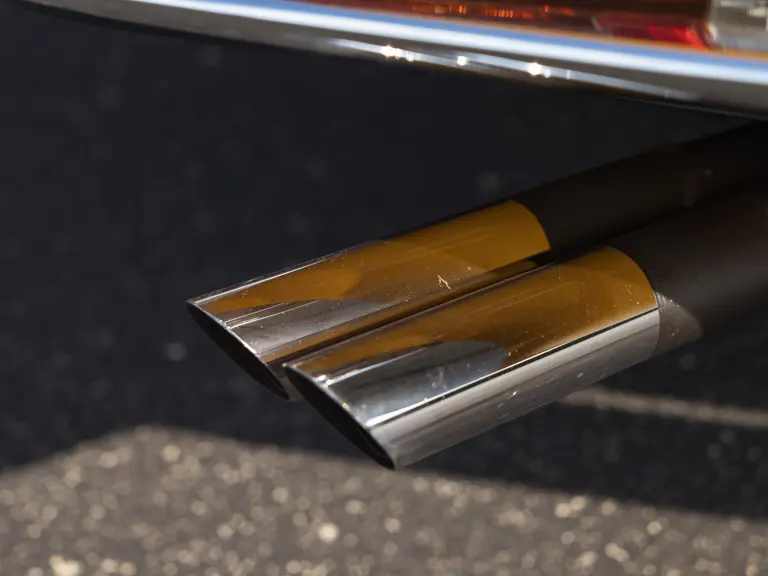


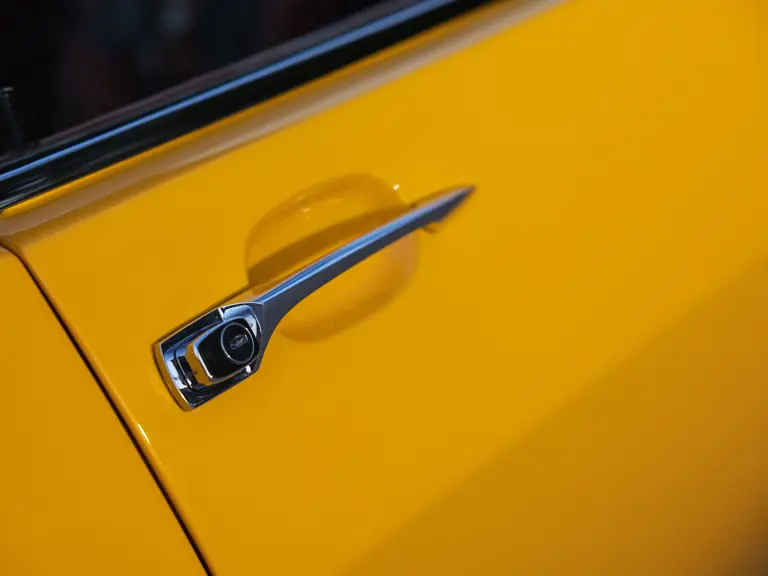
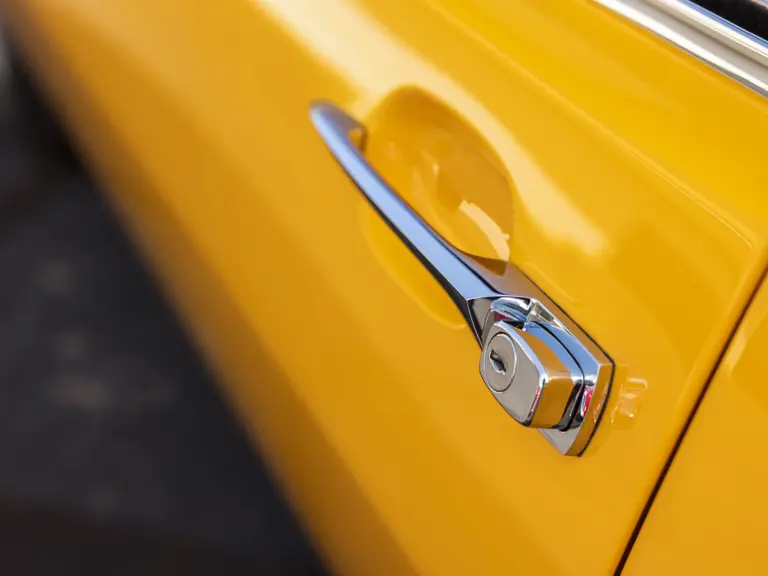
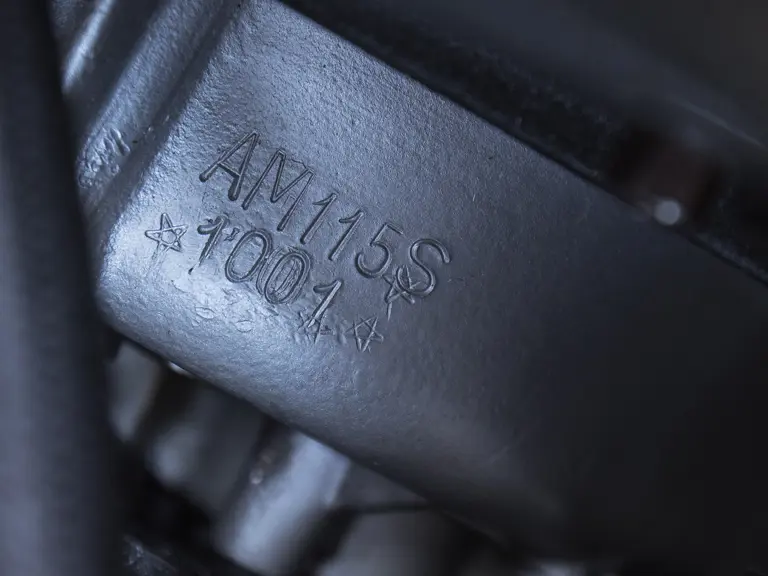

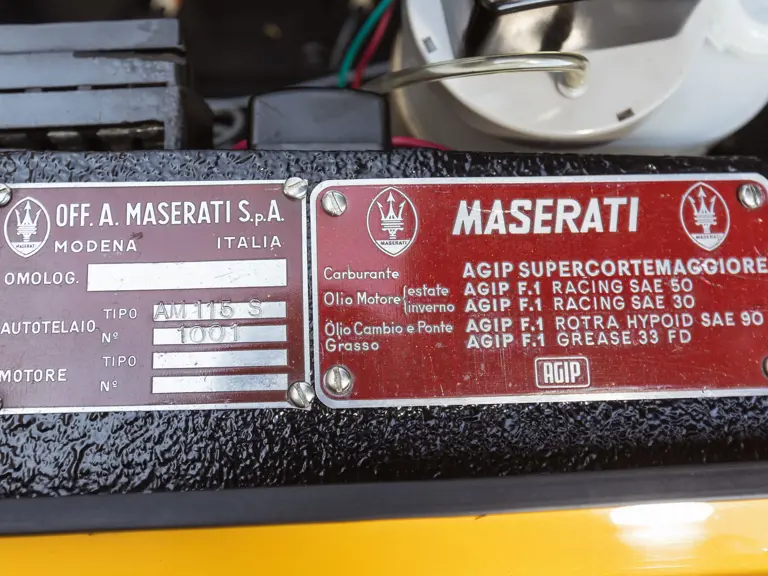
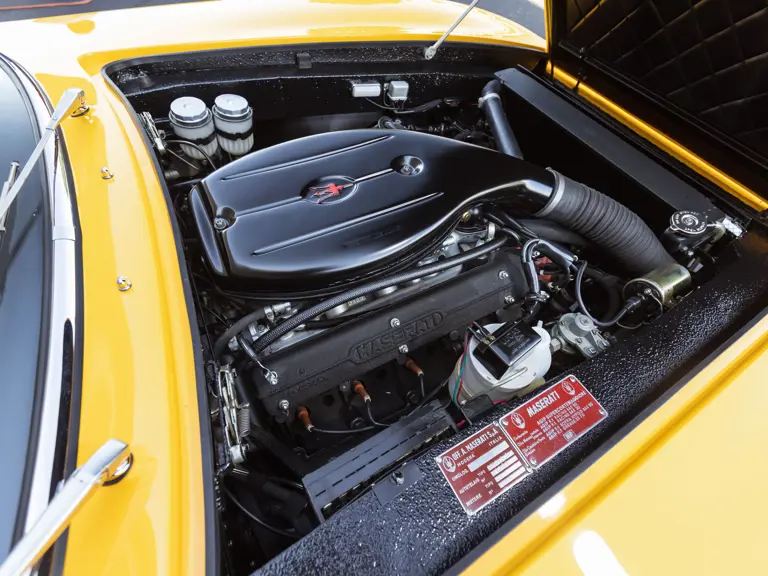
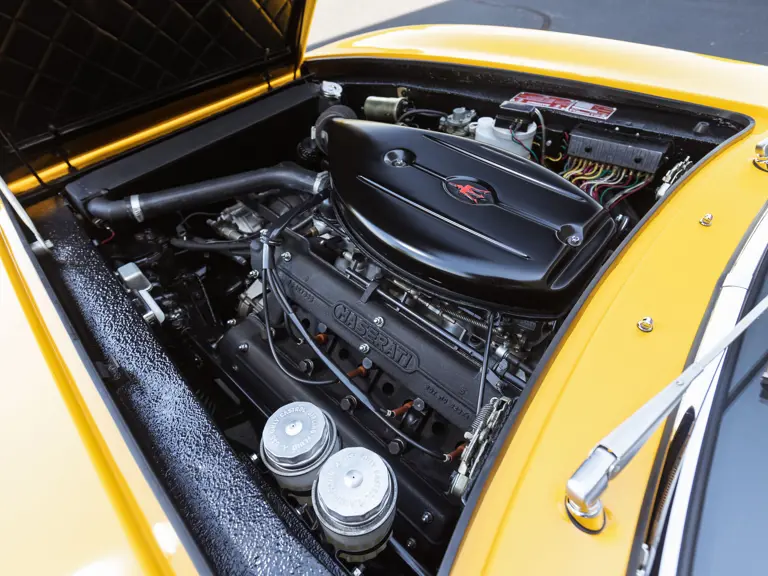
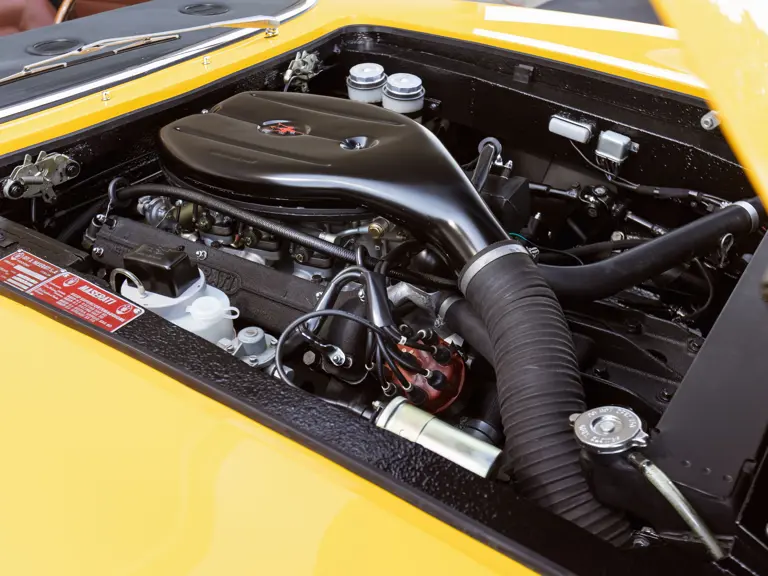
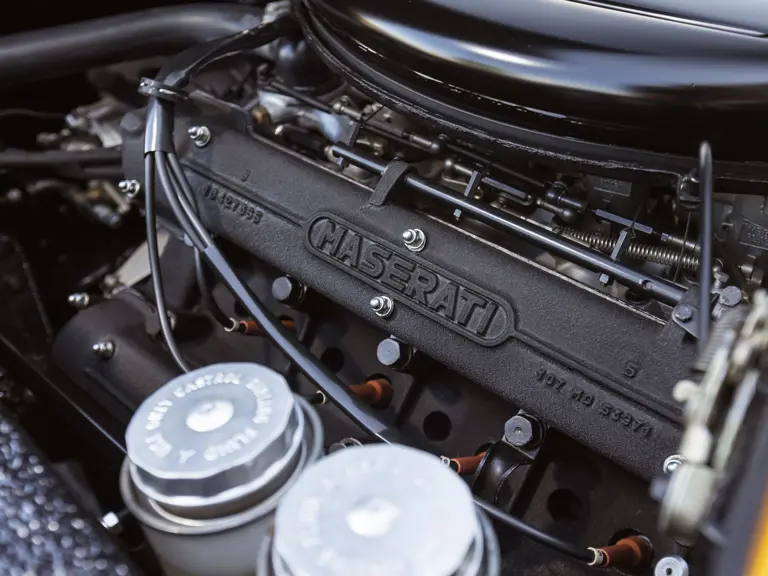
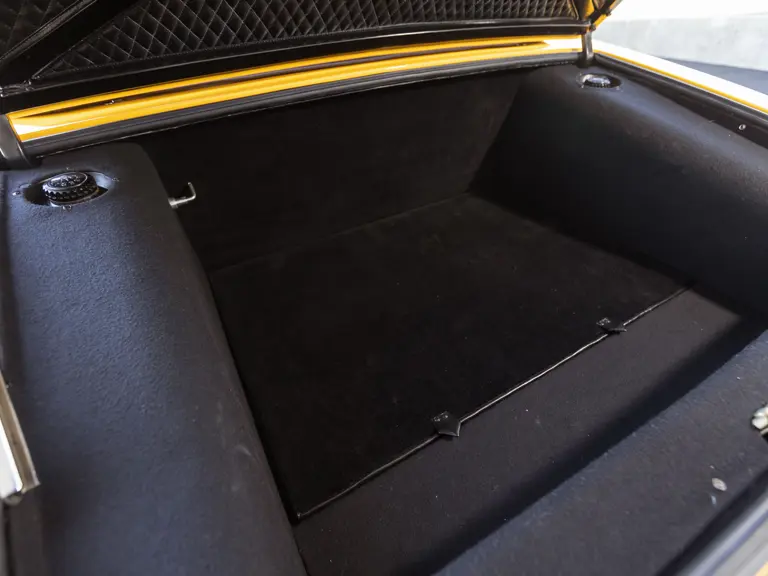
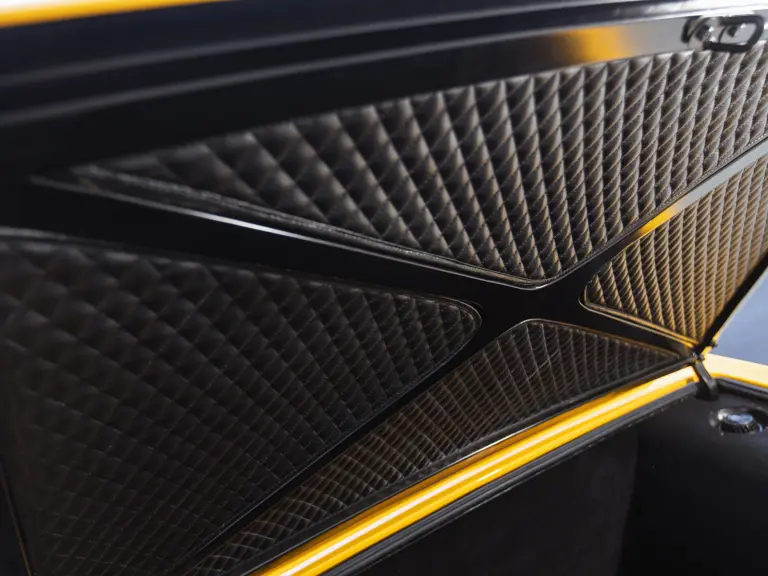
 | Monterey, California
| Monterey, California
